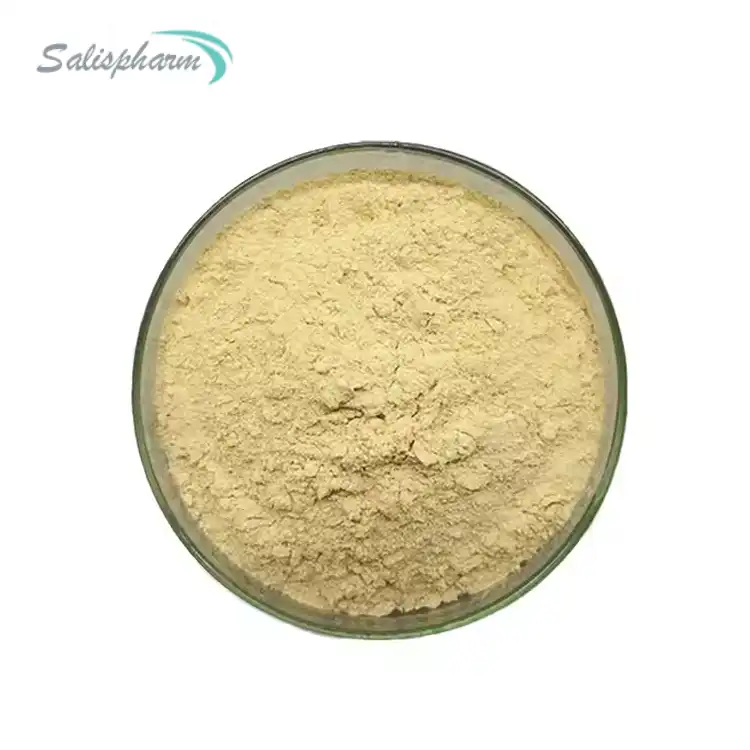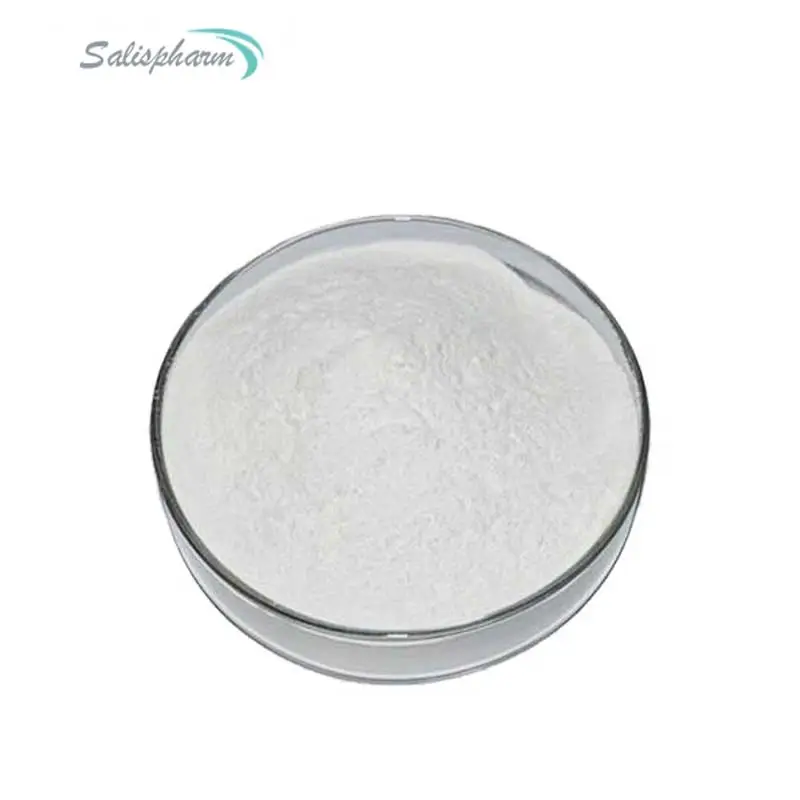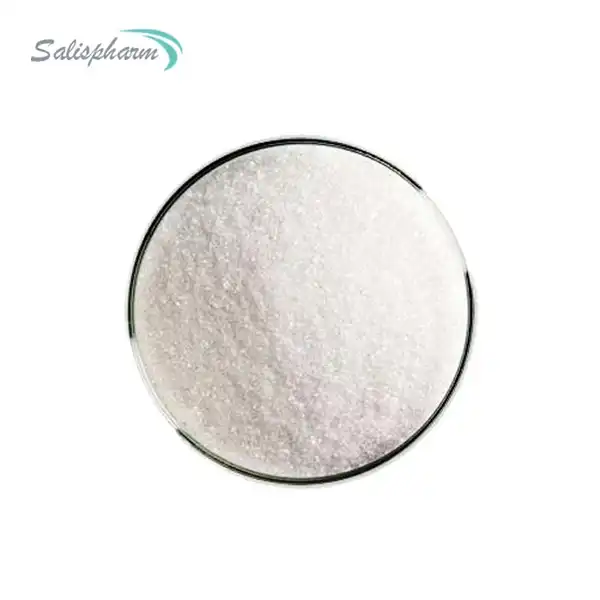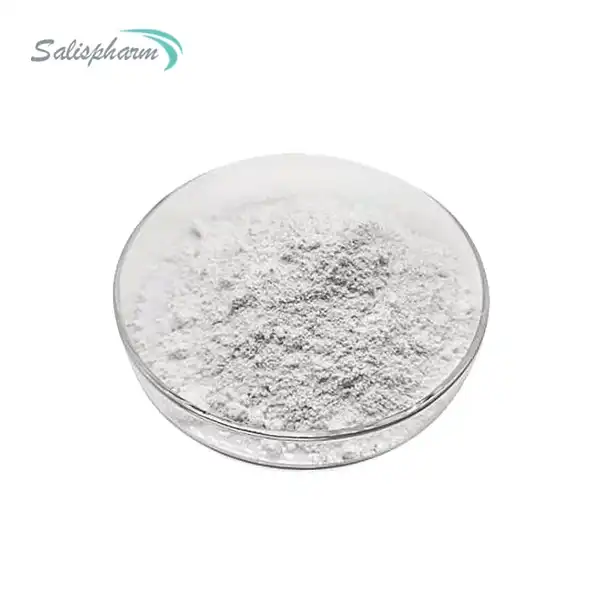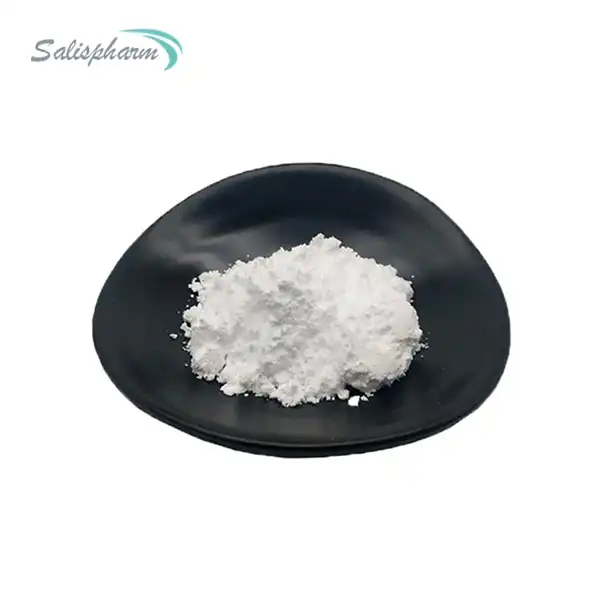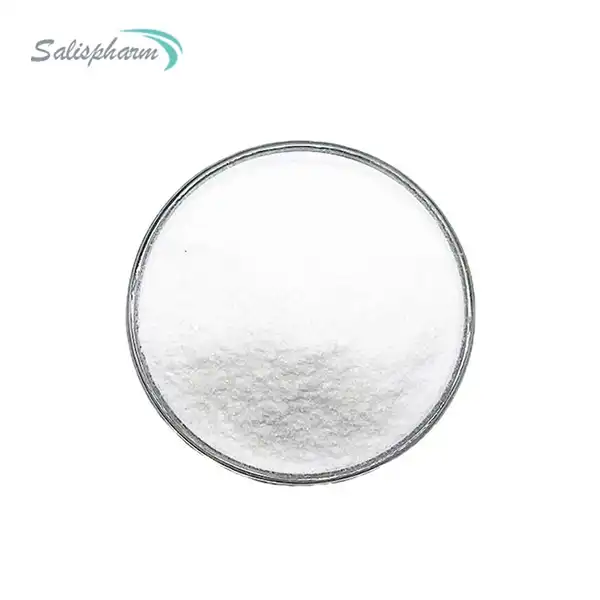Valaciclovir, a widely prescribed antiviral medication, is commonly associated with the treatment of herpes simplex virus (HSV) infections. Often confused with antibiotics due to its role in managing infections, Valaciclovir operates on a completely different mechanism of action. This article will clarify whether Valaciclovir is an antibiotic, explore its specific use against viral infections, and discuss its mechanism of action and other potential uses.
Valaciclovir is the prodrug of acyclovir, meaning it is converted to acyclovir in the body after ingestion. It was developed to improve the oral bioavailability of acyclovir, allowing for less frequent dosing and potentially better patient compliance. Since its approval by the FDA in 1995, Valaciclovir has become a cornerstone in the management of various herpesvirus infections, including herpes simplex virus types 1 and 2 (HSV-1 and HSV-2) and varicella-zoster virus (VZV).
What Are the Differences Between Valaciclovir and Antibacterial Agents?
Antibiotics and antiviral medications are both crucial in the fight against infections, but they target different types of pathogens. This fundamental difference is key to understanding why Valaciclovir is not classified as an antibiotic.
get Organisms:
- Antibiotics: These drugs are designed to combat bacterial infections. They work by either killing bacteria (bactericidal) or preventing their growth and reproduction (bacteriostatic). Examples include penicillins, cephalosporins, and tetracyclines.
- Valaciclovir: As an antiviral agent, Valaciclovir specifically targets viruses, particularly those in the herpes family. It has no direct effect on bacteria.
2. Mechanism of Action:
- Antibiotics: These drugs interfere with essential bacterial processes such as cell wall synthesis, protein synthesis, or DNA replication. The specific mechanism varies depending on the class of antibiotic.
- Valaciclovir: Once converted to acyclovir in the body, it inhibits viral DNA synthesis by acting as a nucleoside analog, effectively halting viral replication.
3. Spectrum of Activity:
- Antibiotics: Different antibiotics have varying spectra of activity. Some are broad-spectrum, effective against a wide range of bacteria, while others are narrow-spectrum, targeting specific types of bacteria.
- Valaciclovir: It has a narrow spectrum of activity, primarily effective against herpes simplex viruses (HSV-1 and HSV-2), varicella-zoster virus (VZV), and to a lesser extent, Epstein-Barr virus (EBV).
4. Resistance Development:
- Antibiotics: Bacterial resistance to antibiotics is a significant global health concern, often arising from overuse or misuse of these drugs.
- Valaciclovir: While viral resistance to Valaciclovir can occur, it is less common and typically seen in immunocompromised patients or those on long-term suppressive therapy.
5. Side Effects and Interactions:
- Antibiotics: Can cause a range of side effects, including gastrointestinal disturbances, allergic reactions, and disruption of the normal gut microbiome.
- Valaciclovir: Generally well-tolerated, with the most common side effects being headache and nausea. It has fewer drug interactions compared to many antibiotics.
Understanding these differences is crucial for healthcare providers and patients alike to ensure appropriate use and expectations from treatment.
How Does Valaciclovir Work to Treat Viral Infections?
The mechanism of action of Valaciclovir is a fascinating example of targeted drug design in antiviral therapy. To fully appreciate how Valaciclovir functions, it's essential to understand its journey from ingestion to antiviral activity:
1. Prodrug Conversion:
Valaciclovir is a prodrug, meaning it's an inactive compound that is metabolized in the body to produce the active drug, acyclovir. This conversion occurs primarily in the intestinal wall and liver through the action of enzymes called Valaciclovir hydrolase.
2. Increased Bioavailability:
The prodrug form of Valaciclovir significantly increases the oral bioavailability of acyclovir. While acyclovir itself has a bioavailability of only 10-20% when taken orally, Valaciclovir increases this to about 54%. This higher bioavailability allows for less frequent dosing and potentially improved patient compliance.
3. Cellular Uptake:
Once converted to acyclovir, the drug is preferentially taken up by virus-infected cells. This selectivity is due to the expression of viral thymidine kinase in infected cells, which phosphorylates acyclovir much more efficiently than cellular kinases.
4. Activation in Infected Cells:
Inside the infected cell, acyclovir is first phosphorylated by viral thymidine kinase to acyclovir monophosphate. Cellular enzymes then further phosphorylate it to acyclovir triphosphate, which is the active form of the drug.
5. Inhibition of Viral DNA Synthesis:
Acyclovir triphosphate acts as a competitive inhibitor and substrate for viral DNA polymerase. When incorporated into the growing viral DNA chain, it acts as a chain terminator, effectively halting viral DNA synthesis.
6. Selectivity for Viral Processes:
The specificity of Valaciclovir (through its active form, acyclovir) for viral over host cell processes is a key feature of its mechanism. This selectivity is due to:
- The preferential phosphorylation by viral thymidine kinase
- The higher affinity of acyclovir triphosphate for viral DNA polymerase compared to cellular DNA polymerases
7. Duration of Action:
The intracellular half-life of acyclovir triphosphate is approximately 1 hour in HSV-1 infected cells, and 0.7 hours in VZV-infected cells. This relatively long intracellular half-life contributes to the drug's effectiveness and allows for less frequent dosing compared to intravenous acyclovir.
This targeted mechanism of action explains why Valaciclovir is effective against certain viruses but has no impact on bacterial infections. It also elucidates why Valaciclovir has a favorable safety profile, with minimal effects on uninfected host cells.
Can Valaciclovir Be Used to Treat Conditions Other Than Herpes Simplex Virus Infections?
While Valaciclovir is best known for treating herpes infections, research has explored its potential applications in other medical conditions. The drug's proven efficacy against herpesviruses has led to investigations into its use in a broader range of viral infections and even some non-infectious conditions.
1. Approved Indications:
- Herpes Simplex Virus (HSV-1 and HSV-2): Treatment and suppression of genital herpes, cold sores, and herpes labialis.
- Varicella-Zoster Virus (VZV): Treatment of shingles (herpes zoster) and prevention of post-herpetic neuralgia.
2. Off-Label Uses:
- Bell's Palsy: Some studies suggest that Valaciclovir may be beneficial in treating Bell's palsy, particularly when used in combination with corticosteroids.
- Infectious Mononucleosis: While caused by Epstein-Barr virus (EBV), another herpesvirus, the efficacy of Valaciclovir in treating mononucleosis remains controversial.
- Kaposi's Sarcoma: In HIV-positive patients, Valaciclovir has shown some promise in reducing the incidence of Kaposi's sarcoma, although more research is needed.
3. Investigational Uses:
- Multiple Sclerosis: Some research has explored the potential role of antiviral therapy, including Valaciclovir, in managing multiple sclerosis, based on the hypothesis of viral involvement in the disease.
- Alzheimer's Disease: Preliminary studies have investigated the use of Valaciclovir in Alzheimer's disease, following theories about the potential role of herpes viruses in cognitive decline.
- Chronic Fatigue Syndrome: Limited research has looked into the use of Valaciclovir for chronic fatigue syndrome, particularly in subsets of patients with evidence of viral reactivation.
4. Limitations and Considerations:
- Specificity: Valaciclovir's mechanism of action limits its effectiveness to certain herpesviruses. It is not effective against other families of viruses or any bacterial infections.
- Resistance: While rare, viral resistance to Valaciclovir can occur, particularly in immunocompromised patients.
- Side Effects: Although generally well-tolerated, Valaciclovir can cause side effects, including headache, nausea, and in rare cases, neurological symptoms.
- Drug Interactions: While less prone to interactions than many antibiotics, Valaciclovir can interact with certain medications, particularly those that affect kidney function.
5. Future Research Directions:
- Combination Therapies: Studies are ongoing to explore the potential of combining Valaciclovir with other antiviral agents or immunomodulators for enhanced efficacy.
- Novel Formulations: Research into new delivery methods or formulations of Valaciclovir may expand its therapeutic potential.
- Biomarker Studies: Investigations into biomarkers that could predict response to Valaciclovir in various conditions may help tailor treatment approaches.
Conclusion
Valaciclovir is not an antibiotic but an antiviral medication specifically designed to combat viral infections, particularly those caused by the herpes simplex virus. Its precise mechanism of action and targeted use underscore the importance of appropriate prescribing practices in infectious disease management. The drug's journey from a prodrug to its active form, acyclovir, and its selective inhibition of viral DNA synthesis exemplify the advances in targeted antiviral therapy.
While primarily used for herpes virus infections, ongoing research continues to explore Valaciclovir's potential in other medical conditions. However, it's crucial to remember that its effectiveness is limited to specific viral infections and it has no direct effect on bacterial pathogens.
Patients and healthcare providers should be aware of the differences between antibiotics and antivirals to ensure the most effective treatment strategies. This understanding is key to combating antimicrobial resistance and optimizing patient outcomes. As research progresses, we may uncover new applications for Valaciclovir, but its core role as a specific antiviral agent remains unchanged.
In an era where precision medicine is becoming increasingly important, drugs like Valaciclovir highlight the value of targeted therapies. By focusing on specific viral mechanisms, these medications can effectively treat infections while minimizing side effects and the risk of developing resistance. As our understanding of viral pathogenesis grows, so too will our ability to develop and refine antiviral strategies, potentially expanding the therapeutic applications of drugs like Valaciclovir.
If you are also interested in this product and want to know more product details, or want to know about other related products, please feel free to contact iceyqiang@gmail.com.
References:
1. "Valaciclovir: A Review of Its Antiviral Activity, Pharmacokinetics, and Therapeutic Efficacy." Clinical Pharmacokinetics, vol. 33, no. 4, 1998, pp. 227-246.
2. "Antiviral Therapy: The Difference Between Antiviral and Antibacterial Agents." Journal of Antimicrobial Chemotherapy, vol. 52, no. 4, 2003, pp. 465-469.
3. "Mechanism of Action of Valaciclovir and Its Place in the Management of Herpesvirus Infections." Expert Opinion on Pharmacotherapy, vol. 8, no. 12, 2007, pp. 1735-1743.
4. "Clinical Applications of Valaciclovir in the Treatment of Viral Infections." American Journal of Health-System Pharmacy, vol. 70, no. 4, 2013, pp. 261-268.
5. "Valaciclovir: A Comprehensive Review of Its Potential Uses in Clinical Practice." Drug Design, Development and Therapy, vol. 10, 2016, pp. 1759-1771.
6. "Antiviral Resistance and Valaciclovir Therapy." Current Infectious Disease Reports, vol. 18, no. 11, 2016, pp. 48.
7. "Drug Interactions with Valaciclovir: A Systematic Review." European Journal of Drug Metabolism and Pharmacokinetics, vol. 42, no. 5, 2017, pp. 635-644.
8. "Valaciclovir in the Management of Herpes Zoster: Current Status and Future Prospects." Journal of Clinical Virology, vol. 89, 2017, pp. 22-27.
9. "Off-Label Uses of Valaciclovir: A Review of the Literature." Tropical Medicine and Infectious Disease, vol. 3, no. 4, 2018, pp. 90.
10. "Safety and Tolerability of Valaciclovir: A Review of Clinical Data." Drug Safety, vol. 41, no. 4, 2018, pp. 319-329.

